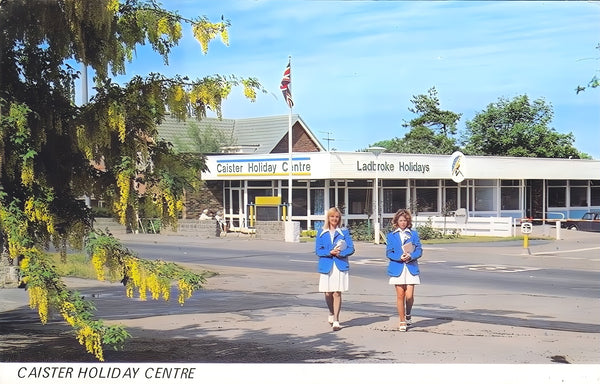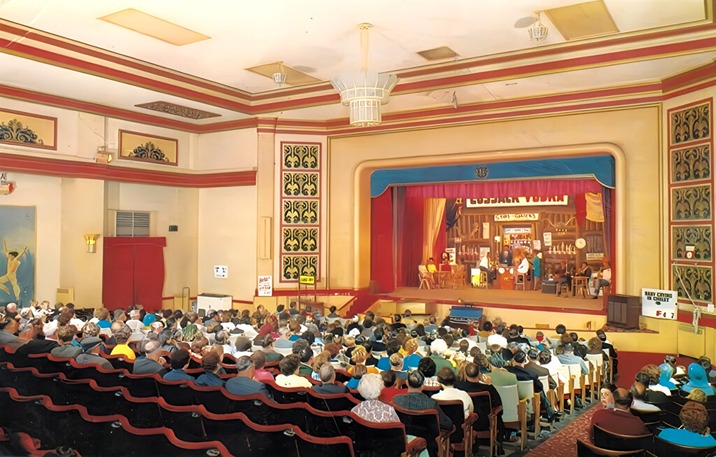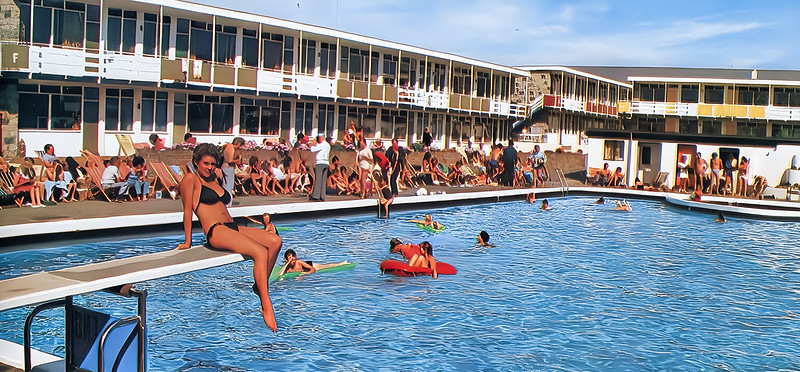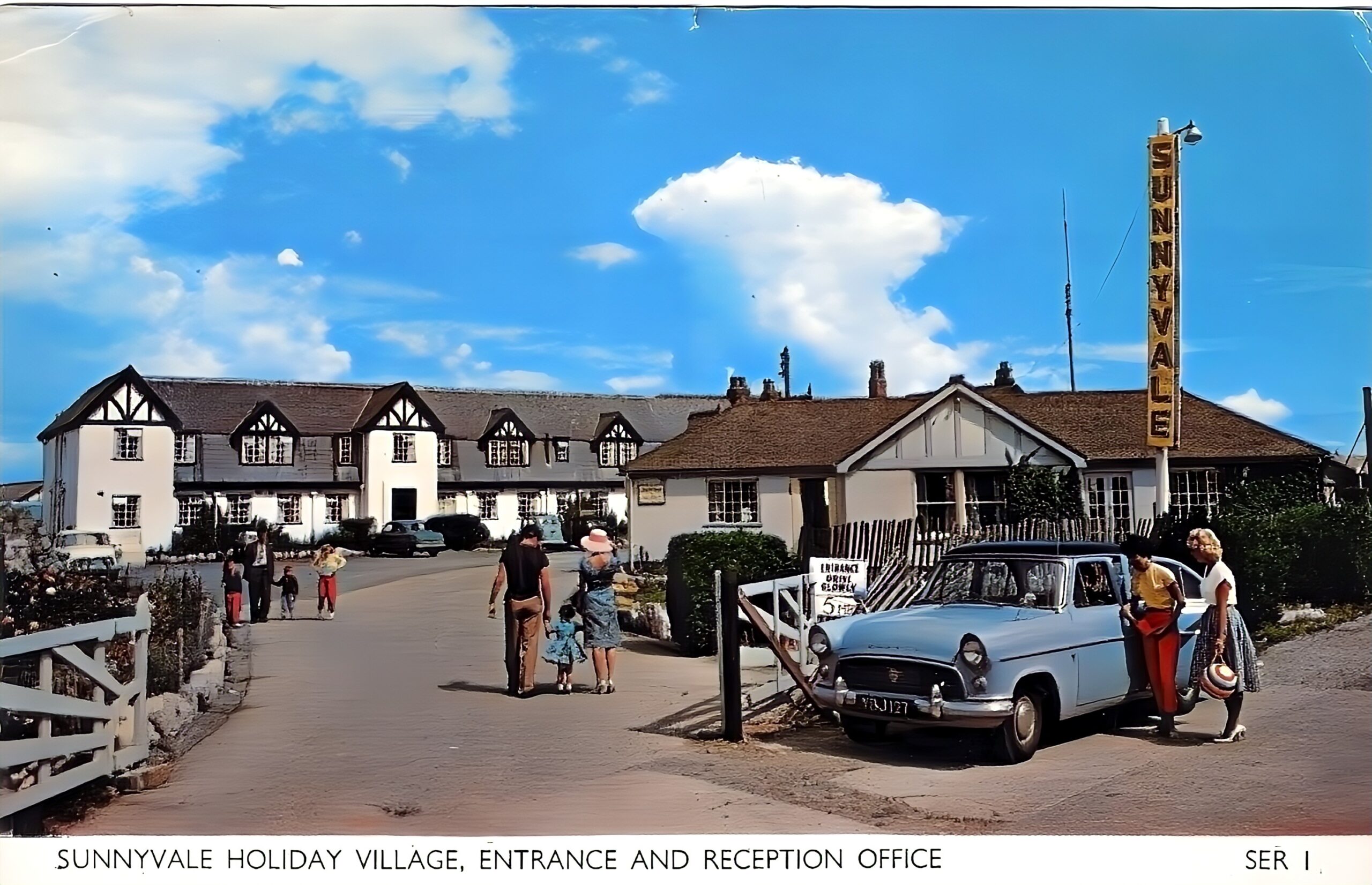Situated on the edge of a cliff overlooking the North sea, Kessingland Grange was previously the summer residence of writer Sir Rider Haggard. It was acquired by local businessman George Catchpole in 1928 and opened the following year as a holiday camp with rooms available in the house or in huts in the grounds.



It was soon renamed to Catchpoles Kessingland holiday camp and it grew rapidly through the 1930s both in the field behind the house and also along the cliff edge. Facilities included a dance hall, dining hall, games room, bowling green and 4 tennis courts. In common with most other camps it was full board with all meals being taken in the communal dining hall. It could accommodate around 250 people.



The camp hit the national headlines in 1937 when 52-year old bricklayer William Mallett became trapped in a well that had collapsed while under construction. A huge rescue operation was launched involving 40 people and after 17 hours Mr Mallett was successfully brought to the surface and later recovered from his injuries.
During the 1950s a new outdoor swimming pool was built and the camp took over the adjoining 15-bedroom Cliff House Hotel.


The camp enjoyed a successful 48-year run and closed at the end of 1976. The land was sold for housing. Where was it located? Search out Kipling Close and Strowger’s Way.




